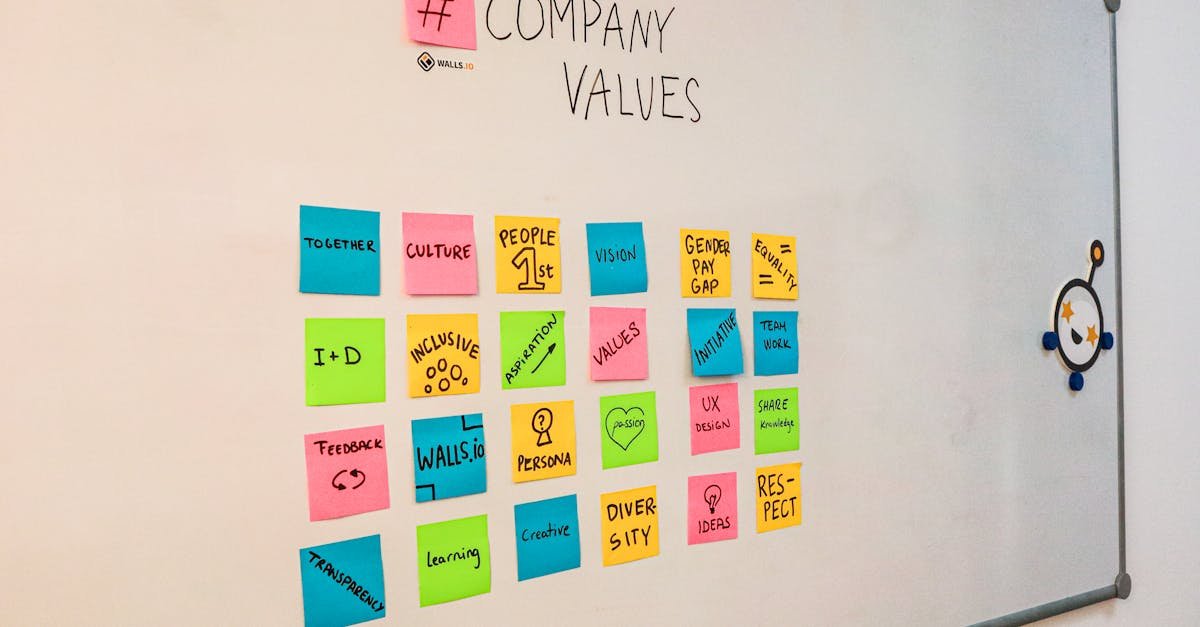Unlocking Career Growth with Lean Six Sigma Green Belt Mastery
Unlocking Career Growth with Lean Six Sigma Green Belt Mastery You ever feel like you’re stuck in the professional weeds? Like your career is just spinning its wheels, and you can’t quite find a way to accelerate forward? You’re not alone. In the fast-paced world of shared services, where processes can make or break your success, having the right skills can be the difference between feeling stagnant and watching your career soar. That’s where Lean Six Sigma Green Belt mastery comes in. It’s not just a certification; it’s a powerful tool that can unlock your potential and open doors. What is Lean Six Sigma? If you’ve ever stepped into a meeting where terms like “process optimization” or “waste reduction” are thrown around, but you’re still wondering what it really means, let’s break it down. Lean Six Sigma combines two methodologies: Lean: Focuses on reducing waste and enhancing speed. Six Sigma: Aims to decrease variation and improve quality. Together, they create a powerhouse approach to improving processes in organizations, especially within the shared services industry. Why Lean Six Sigma Green Belt Certification Matters Let’s be real: the job market is competitive. If you want to stand out and fast track your career growth, obtaining a Lean Six Sigma Green Belt certification is a game changer. Here’s why: Improved Skill Set: You’ll learn critical thinking, problem-solving, and project management skills. Career Advancement: It shows employers you’re serious about your career. More and more organizations want experts who can drive efficiency. Networking Opportunities: Join a community of like-minded professionals and learn from each other. Impact on Your Organization: You’ll be equipped to implement meaningful changes, leading to improved processes. Real-World Impact of Lean Six Sigma Let’s talk stories. I remember an organization where I worked, drowning in inefficiencies. Backlogs riddled the customer service department like confetti after a party. It was chaotic and stressful. Everyone felt it. After getting our Lean Six Sigma Green Belts, we took a hard look at our processes. We mapped them out, identified bottlenecks, and began to streamline operations. Within months, turnaround times improved drastically, and customer satisfaction soared. Getting Started with Lean Six Sigma Now, I know what you’re thinking: “How do I start? Where do I even find the right training?” Here’s a straightforward approach to jumpstart your journey: Research Training Providers: Look for accredited Lean Six Sigma training programs. Take Online Courses: There are plenty of flexible options available. Make sure they cover both theoretical knowledge and practical applications. Engage with Projects: Get involved in real-world projects at your workplace or through internships. Experience is invaluable. Join a Community of Practitioners: There’s nothing quite like learning from others who have walked this path. Applying Lean Six Sigma in Shared Services In shared services, Lean Six Sigma can revolutionize how teams operate. It can help: Streamline finance and compliance processes. Enhance customer experience through efficient service delivery. Refine technology and innovation implementation. Foster a culture of continuous improvement and collaboration. Imagine working in an environment where each team member is empowered to identify waste and suggest improvements. That’s the dream, isn’t it? Overcoming Common Challenges You might be thinking about the barriers ahead. I get it. Here are a few common challenges you may face while pursuing your Lean Six Sigma journey, and how to tackle them: Resistance to Change: Not everyone will be on board immediately. Focus on communicating the benefits clearly and getting buy-in from key stakeholders. Lack of Time: Balancing daily responsibilities with learning can be tough. Consider setting aside specific times in your calendar just for learning. Implementation Readiness: Ensure you have the right resources and support. Start small with pilot projects to build momentum. Celebrating Your Achievements Once you’ve got your certification, don’t forget to celebrate! This is a big milestone, and it deserves recognition. Share your success with your network, update your LinkedIn profile, and use it to leverage new opportunities. Your hard work will pay off, but it doesn’t stop here. Embrace the ethos of continuous improvement! Next Steps Toward Mastery Okay, you’ve got the certificate. But how do you translate that into on-the-job success? Here are some strategies for implementing your newfound skills: Lead a Project: Volunteer for projects in your department that need improvement. Mentor Others: Teach what you’ve learned. It reinforces your knowledge and establishes you as a subject matter expert. Stay Informed: The world of shared services is constantly evolving. Keep learning through blogs, webinars, and industry events. A great resource is THEGBSEDGE blog, which covers transformation, innovation, and leadership in shared services. Join the Lean Six Sigma Community Find your tribe! Joining groups and forums can provide vital support and ongoing learning. Surround yourself with individuals who inspire you and challenge you to grow. The journey doesn’t end with certification. It’s a stepping stone towards mastery that involves dedication, practice, and patience. You’ve got what it takes! Final Thoughts So here it is, my friend. The keys to unlock your career growth with Lean Six Sigma Green Belt mastery are in your hands. With the right tools and mindset, you can pave your way to success in the shared services landscape. Don’t hesitate—take action now and transform your career!
Unlocking Career Growth with Lean Six Sigma Green Belt Mastery Read More »









